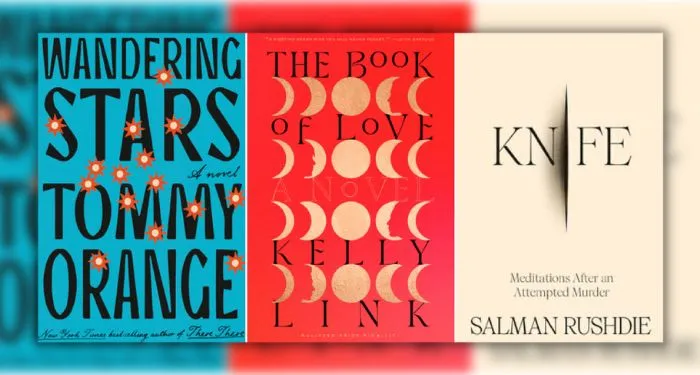
What Makes an “It” Book?
Last spring, I had an idea for a recurring segment on First Edition where I would have Rebecca Schinsky help me decide what the “it” book of the month would be. I drew up a list of ten contenders, and then we put them through a knockout round: the first book would be discussed along with the second. One of them would advance to face the third book, and then the winner of that round would proceed.
The simplicity of the structure only highlights the elusiveness and complexity of what we are trying to define. For as strange a task as it is to talk about The Woman in Me in combination with Let Us Descend, for example, it throws into relief the many ways a book can capture our attention. We really don’t disagree that often, and our sense of what gives something “the juice” is largely congruent. And what’s more, we don’t typically get a lot of “wow, were you guys wrong” feedback. This doesn’t mean that we are right (there really is no right here), but I think it does suggest that even if our particular read on a book or combination of books isn’t precisely that of our listeners, it is close enough. And that is pretty strange. That something as vague, changeable, and immeasurable as being the “it” book of the month can be fairly readily agreed upon.
From time to time, there are hard calls, though, and in these moments is where it gets interesting. Because it generally is the case that if we struggling, it is not because the books in question possess some similar virtues, but that they have very different ones. This is when the degree of those qualities, and where those qualities exist in the hierarchy of attention(see, I am differentiating already), becomes fun to parse. We have found ourselves navigating certain fault lines repeatedly and, in the navigating of them, articulating what they are and how they indicate tectonic cultural forces.
And here is my best effort to describe them, in alphabetical order:
Industry Signal
Indie Next pick. Jenna’s Book Club. One of Time’s Most Anticipated Books of 2024. Author profile in The New Yorker.
Industry signal is the publishing complex’s (the industry plus the media outlets, reviewers, influencers, booksellers, etc.) efforts to get stuff on our radar. Sometimes, the bird-dogger might have read the books. Sometimes not. My own anticipated books become public in various Book Riot places before I have read them: in this case, I am both signaled and signaler. That’s how it works.
Best 2024 Example I can think of: The Book of Love by Kelly Link.
Critical Acclaim
A rave in The New York Times. A “best of the month” mention. Finalist for the PEN/Faulkner Award. Starred Review in Publishers Weekly.
The collective answer to the “is it worth reading?” question by those who do so professionally. There was a time when one great review in The New York Times could make a book (and before that The Saturday Evening Post and others). Now it is more of a consensus that begins to form that, if you pay attention, you can feel.
Best 2024 Example I Can Think Of: Wandering Stars by Tommy Orange.
Sales
#1 NYT Bestseller. Carried at Costco. Heavily discounted at Barnes & Noble. 23rd week on NPD BookScan’s Hardcover Non-Fiction List.
Should be the most straightforward, but because of a fragmented book selling landscape, sales information is somehow both expensively proprietary and imprecise. Still, if a book is selling enough to matter, we know.
Best 2024 Example I Can Think Of: The Women by Kristin Hannah
Innovation
Gone Girl. Fifty Shades of Grey. The Da Vinci Code. Beloved. Fourth Wing.
You don’t have to invent stream-of-consciousness or a new narrative form here. This is the emergence of something new, though often (most of the time?) it is more about a fresh combination than a singular innovation. Do you become a comp title? Does your book elicit a wave of “looks awfully like” titles in packaging, tone, and reading experience? Imitation isn’t just the sincerest form of flattery: it is also the baldest admission that we want what you’ve got.
Best 2024 Example I Can Think Of: Going to have to read some 2024 books first.
Author Profile
From the Best-Selling Author of X. Winner of the 2017 Booker Prize. NYPL Young Lion Award Winner. Author Name Larger Than The Title. Has Been Translated into 36 Languages. Interview in jeans on CBS Sunday Morning.
Unless this is your first book, the profile and performance of your work tells the book world something about what to expect from you. For most writers, this doesn’t amount to a whole lot. For others, it is the whole ballgame. Or at least gets them to the 7th inning stretch.
Best 2024 Example I Can Think Of: Knife by Salman Rushdie
Relevance
The Definitive Account Of. The True Story Of. The Untold Story Of. For Our Times. Will Change the Way You Think About.
Sometimes it is related to the current moment, be it cultural, political, or financial (Bad Blood). Sometimes it captures something we know, or think we know, in a particularly compelling way (Educated). Sometimes it gives newly powerful voice to something that needs saying (Hunger). There is something important here. And we know it.
Best 2024 Example I Can Think Of Right Now But We’ll See: The Showman by Simon Shuster.
People Are Talking
Viral sensation. Indie darling. Backordered. Surprise hit of the season. Author’s next book acquired in a pre-empt.
My favorite. Books that were not heralded. Authors without much in the way of profile. Sales numbers that build slowly but then become a fact of the end caps and paperback favorites tables. Books read in print on the F-train to Park Slope by employees of other publishers. Hand-sold by a unionized indie bookseller.
Best 2024 Example I Can Think Of: TBD, by definition.
If this kind of thing is interesting to you, check out our discussion of the “it” Books of January 2024.
The comments section is moderated according to our community guidelines. Please check them out so we can maintain a safe and supportive community of readers!
The comments section is moderated according to our community guidelines. Please check them out so we can maintain a safe and supportive community of readers!


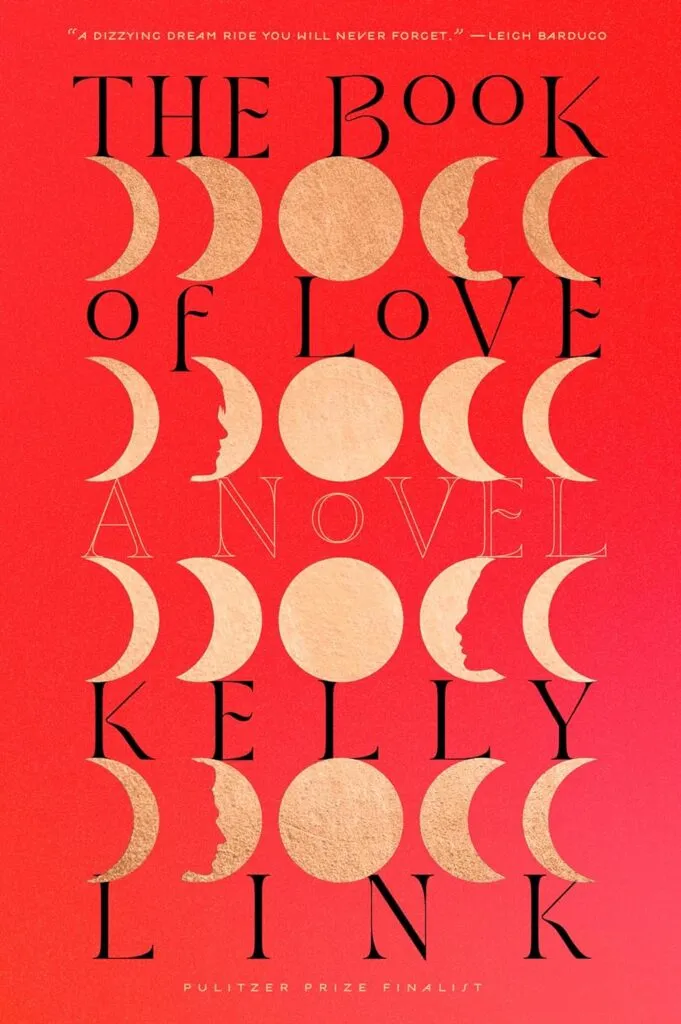
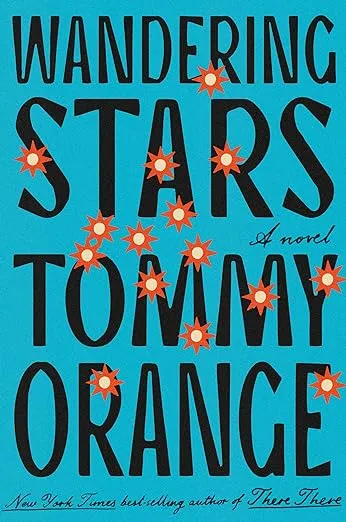
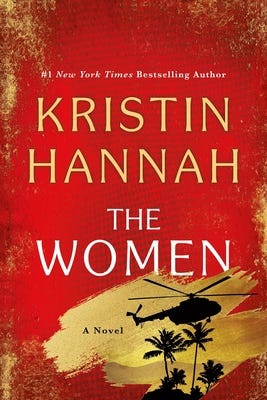
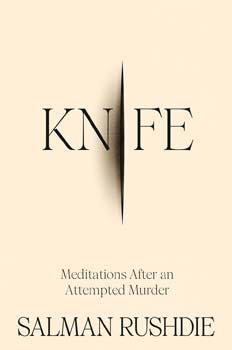
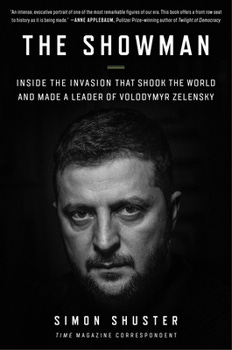








Leave a comment
Join All Access to add comments.